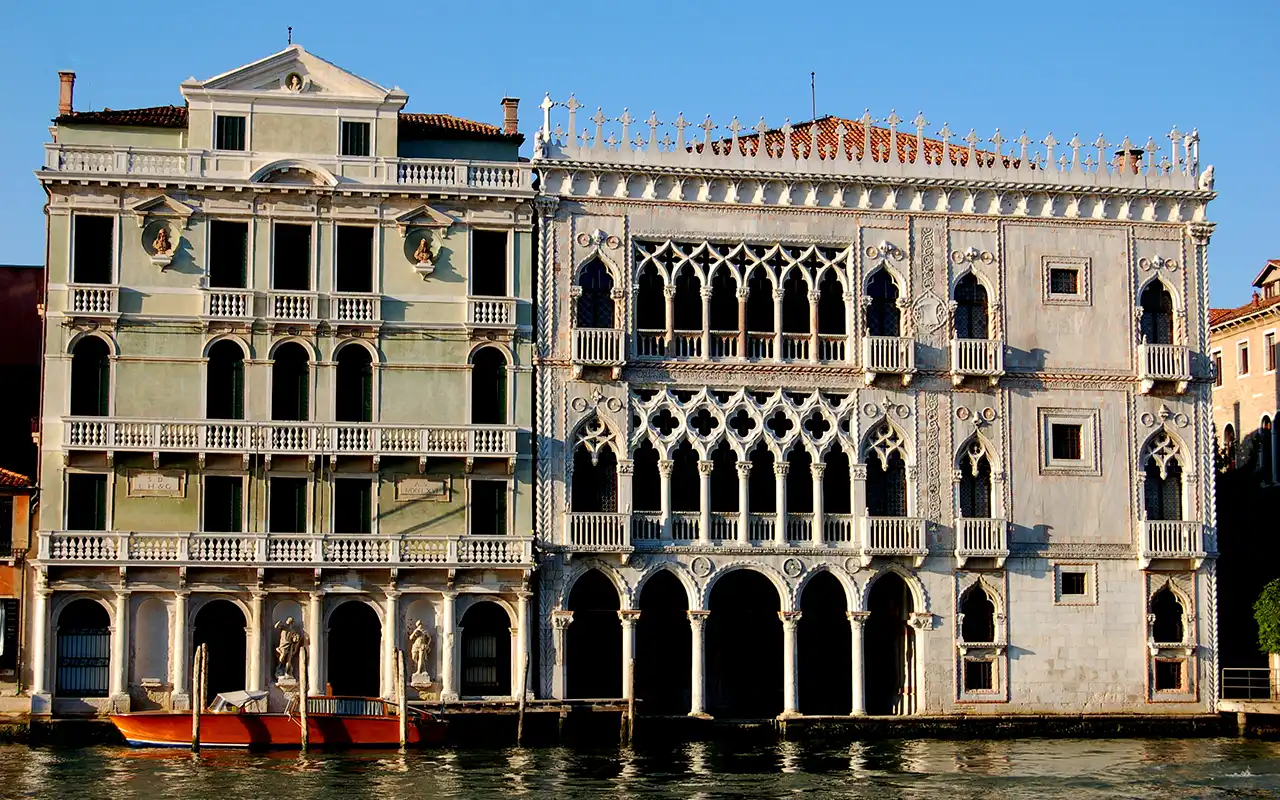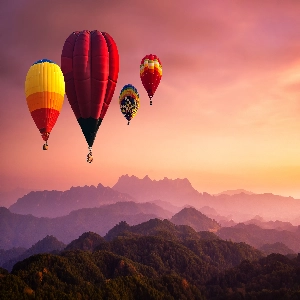
Navigating Ca dOro : Answers to common questions
- Admission Fee: Admission fees are required to enter Ca' d'Oro, with various ticket options available, including possible discounts for students, seniors, and children.
- How Long to Visit: Visitors often spend 1-2 hours exploring Ca' d'Oro, depending on their interest in the art collections and the architectural details of the palace.
- Washrooms: Accessible washroom facilities are available within Ca' d'Oro for visitors.
- Hours of Operation: Ca' d'Oro's opening hours are typically from morning to early evening, but it's recommended to check the latest hours in advance, as they can vary, especially during holiday periods or special events.
- Important Information: Ca' d'Oro, a notable example of Venetian Gothic architecture, houses an impressive art collection, offering visitors a glimpse into the grandeur of Venice's past.
- Handicap Accessible: Ca' d'Oro is accessible to visitors, offering facilities such as an elevator to accommodate those with mobility impairments, though some areas may have limited access due to the building's historical nature.
- Pets: Pets are not allowed inside Ca' d'Oro, with an exception for service animals.
- Guided Tours: Guided tours are available, offering detailed explanations of the building's history, architecture, and its art collections.
- Restaurant or Cafe: There are no dining facilities inside Ca' d'Oro, but the surrounding Cannaregio district offers a variety of dining options.
- Gift Shop: A gift shop is available at Ca' d'Oro, offering a selection of souvenirs, books, and art reproductions related to the museum's collections and Venetian culture.
- Parking: Parking is not available directly at Ca' d'Oro due to Venice's unique urban structure. Visitors typically park on the mainland or at Piazzale Roma and use water transport or walk.
- Family Friendly: The museum is suitable for visitors of all ages, offering insights into Venetian art and architecture, though young children may need guidance to engage fully with the exhibits.
- Photography: Photography is allowed in certain areas of Ca' d'Oro, but flash photography and tripods may be restricted, especially in the art galleries, to protect the artworks.
- WIFI: Public WIFI is not typically available within Ca' d'Oro.
- Picnic Area: No designated picnic areas are available at Ca' d'Oro, and picnicking is not customary within the museum or its immediate surroundings.
Please note all times and prices subject to change. Please check the offical website for details.
This former noble Venetian residence, a palace, truly spoken, has an innate sadness to it. Its long history from 1442 began in glory and suffered some epic lows, but has come back into its own as a museum and gallery right on the Grand Canal in Venice; it is one of the most photographed buildings in the city, most of those shots taken from watercraft on the canal.
More in our list of Things To Do In Venice
;Venice Current Weather
Local Temp: 14.5℃ / 58.1℉
High: 15.7℃ / 60.3℉
Low: 13.4℃ / 56.1℉
Humidity: 95 %
Local Time: 09:11
Map for Ca dOro
Did You Know?
Today, Ca' d'Oro serves as the Galleria Giorgio Franchetti alla Ca' d'Oro, a museum that houses the art collection donated by Baron Giorgio Franchetti in 1916. The collection includes notable works such as Andrea Mantegna's "St. Sebastian" and boasts a significant assortment of Renaissance art and sculptures.
One of the palace's most distinctive features is its façade facing the Grand Canal, which is considered a masterpiece of Gothic architecture. It features a characteristic openwork design with a filigree appearance, combining elegance and structural complexity.
The Ca' d'Oro also includes a charming inner courtyard, a feature typical of Venetian palaces. The courtyard provides a tranquil oasis away from the bustling Grand Canal and is adorned with an original well-head, or "vera da pozzo," showcasing the exquisite craftsmanship of the Venetian stonemasons.
The palace was built in the mid-15th century for the Contarini family, which produced several Doges over the centuries. The design is attributed to the architect Giovanni Bon and his son Bartolomeo Bon, who were prominent figures in the Venetian Gothic architectural style.
Ca' d'Oro, one of the most prestigious palaces on Venice's Grand Canal, is renowned for its delicate and ornate Gothic architecture. Its name, which means "Golden House," originates from the original gilt and polychrome decorations that once adorned its façade, reflecting off the waters of the canal and showcasing the wealth and artistry of its original owner.
Travel Information for
Venice Visitors
Time Zone: Venice operates on Central European Time (CET), which is 1 hour ahead of Greenwich Mean Time (GMT+1).
Weather: Venice has a humid subtropical climate. Summers are warm and humid with average temperatures around 27°C (81°F), while winters are cold with temperatures averaging around 3°C (37°F). Acqua alta (high water) is a phenomenon that causes flooding in Venice, typically occurring in autumn and winter.
Population: Venice has a population of about 260,000 residents. However, this number is steadily decreasing due to various factors, including rising living costs and flooding issues.
Size: The city covers an area of about 414.6 square kilometers (160.1 square miles), including both the lagoon and the historical city.
Language: Italian is the official language. Venetian, a distinct dialect of Italian, is also widely spoken. English is commonly used in tourist areas.
Currency: Italy uses the Euro (€). Credit cards are widely accepted, but it’s always useful to have cash for smaller shops and restaurants.
Safety: Venice is generally safe for tourists. However, like in any major tourist destination, it's wise to be cautious of pickpockets and scams targeting tourists.
Tipping: Tipping in Venice is not obligatory, but it's appreciated. In restaurants, it’s customary to leave a small tip (around 5-10%) if the service is good.
Electricity and Plugs: Italy uses Type C, F, and L plugs, and the standard voltage is 230 V with a standard frequency of 50 Hz. Travelers from countries with different standards will need adapters.
Water: Tap water in Venice is safe to drink. In fact, it's known for being high quality.
Verified & Trusted Contact Information for Ca dOro
Address:
Cannaregio, 3932
Website: www.cadoro.org/
Latitude: 45.4405
Longitude: 12.3342













